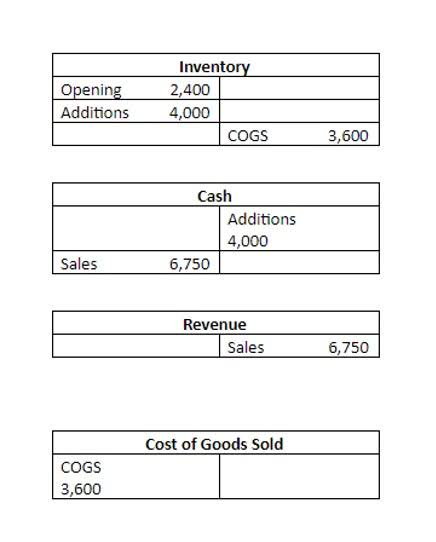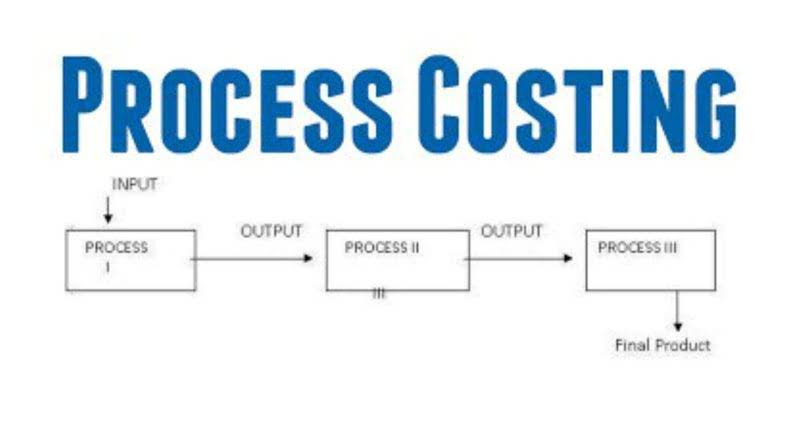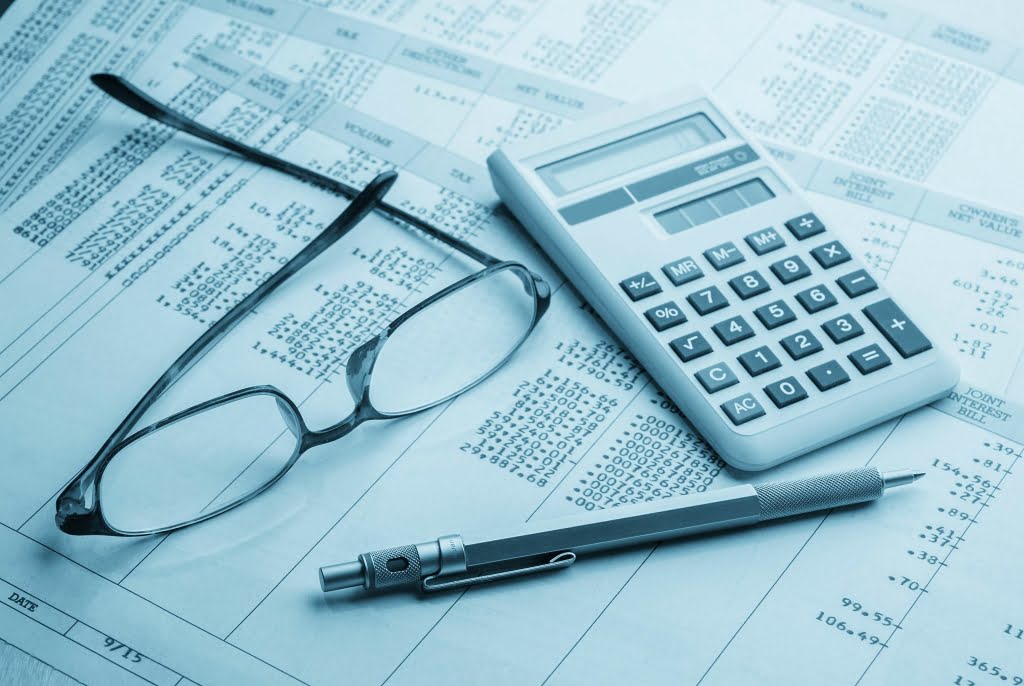What Is Inventory in Accounting and How Is It Calculated?

Inventory accounting is crucial for any product-based business, emphasizing what are retained earnings the systematic tracking and valuation of stock. Understanding what inventory accounting is allows businesses to accurately determine their inventory’s value, which is vital for financial insights, operational efficiency, and tax compliance. This blog will explore the fundamentals of inventory accounting, delve into various methods, and provide insights into effective inventory practices.
- It can include many factors, including the movement of stock, daily variations in quantity, aging inventory carrying costs and even deadstock.
- Landed costs cover everything from the moment you create or buy your product to when it finally arrives at your fulfillment center.
- The value of inventory is critical because it directly impacts a company’s financial statements and profitability.
- The benefit to the supplier is that their product is promoted by the customer and readily accessible to end users.
Cost of goods sold (COGS) calculation
Led by Mohammad Ali (15+ years in inventory management software), the Cash Flow Inventory Content Team empowers SMBs with clear inventory bookkeeping financial strategies. We translate complex financial concepts into clear, actionable strategies through a rigorous editorial process. Bringing all your accounting for inventory strategies to life requires a clear, phased plan.

Track item landed costs
You’ll need to enter the prepayment as a separate transaction in your journal entries. It will initially appear as a current asset on the balance sheet because it’s an expense not yet incurred. Once the expense is incurred, the prepayment will be deducted from the prepaid expense account. However, periodic inventory accounting process can be time-consuming, often requiring some operational downtime.
Manufacturing Accounting
This one doesn’t have a formula as such because it’s a process rather than a calculation. Note that the ending inventory becomes the beginning inventory of the following period. This gives different results depending on whether you use a periodic inventory system or a perpetual inventory system.
- In the next lesson we’ll go over common ways to value inventory in our records.
- Updates are made automatically to this system, tracking when products come in and out of the inventory account.
- Following inventory accounting best practices can help ensure accuracy and efficiency in managing inventory.
- Inventory accounting is a critical aspect of business operations beyond mere stock-keeping.
- This involves regular market analysis, inventory audits, and collaboration with procurement and sales teams to gauge trends and adjust pricing strategies.
- However, it may not be accepted in all regions, such as IFRS-compliant countries.
- This means they only purchase it when the end user purchases it from them or until they consume the inventory for their operations.
Inventory Accounting and Taxes

A higher inventory value can suggest a stronger financial position, enhancing the company’s borrowing capacity. Inventory bookkeeping is the process of systematically managing the financial aspect of your inventory by recording all transactions and changes. This not only includes tracking goods purchased but also monitoring stock movements and the financial gym bookkeeping status of your inventory at various stages. Typically, these stages encompass unfinished goods, raw materials, and completed products.
- This costing method is effective at smoothing out price fluctuations and providing a balanced approach to inventory valuation.
- This processing step also allows companies to manage production on different levels and ensure enough inventory.
- The FIFO method assumes that the oldest inventory items are sold first, aligning with the natural flow of inventory in many businesses.
- While acquisition costs may seem straightforward, understanding the full scope of these expenses is essential for determining the true cost of inventory.
- This blog will explore the fundamentals of inventory accounting, delve into various methods, and provide insights into effective inventory practices.
I didn’t have to learn various different platforms or deal with support representatives at different companies. If inventory get damaged or becomes obsolete, it can be expensed immediately, without having to be sold. By submitting this form, you agree to the processing of personal data according to our Privacy Policy. Quickly add items to invoices by using your barcode scanner, complete with all details, and further simplify checkout. No one should act upon such information without appropriate professional advice after a thorough examination of the particular situation.

The effect of inventory accounting on reporting and profitability:
Staff often fail to keep up with inventory paperwork, so it can be difficult to use sales or production records to determine how much inventory is in stock. Inventory is considered a current asset in accounting because companies usually intend to sell the finished products within a fiscal year. Track stock levels automatically and avoid problems with over or understocking with dedicated inventory management software. To work this out, take the figure for the beginning inventory, add the value of the raw materials the company has purchased during the period, then subtract the cost of the goods sold. Even for non-perishable stock, FIFO often gives a more accurate picture of your company’s finances because it uses recent purchase costs for inventory valuation. Onboarding manager, Joshua Trezek elaborates,” FIFO is often used when your inventory will depreciate quickly or with perishable food.